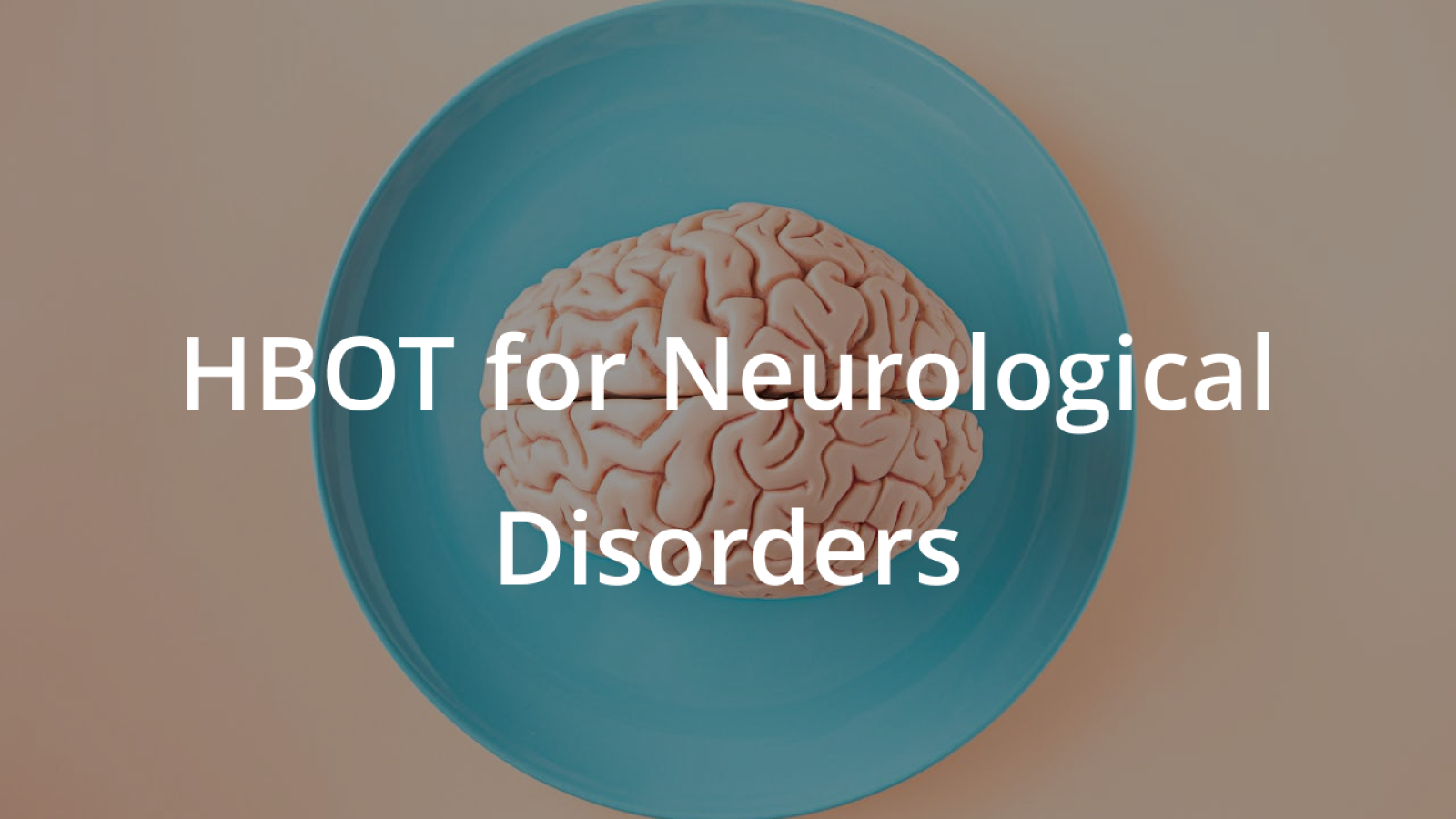Hyperbaric Oxygen Therapy (HBOT) has long been recognized for its efficacy in treating decompression sickness and wound healing. However, its application in the realm of neurological disorders is garnering increasing interest from the medical community. Emerging research suggests that HBOT may offer significant benefits for conditions like Multiple Sclerosis (MS), Parkinson’s Disease, and Amyotrophic Lateral Sclerosis (ALS). This blog explores how HBOT could potentially aid patients suffering from these serious neurological conditions.
Understanding HBOT
HBOT involves breathing pure oxygen in a pressurized chamber, which significantly increases the amount of oxygen in the blood and tissues. This enhanced oxygen availability can help reduce inflammation, promote healing, and in the context of neurological disorders, potentially aid in repairing damaged neural tissue.
HBOT and Multiple Sclerosis (MS)
Multiple Sclerosis is an autoimmune disease that affects the brain and spinal cord. It involves the immune system attacking the protective myelin sheath that covers nerve fibers, causing communication problems between the brain and the rest of the body.
- Potential Benefits: Studies have suggested that HBOT may help reduce inflammation and promote myelin repair. By increasing oxygen saturation in the body, HBOT might mitigate some of the symptoms associated with MS, such as fatigue and pain. Additionally, the therapy could potentially slow the progression of the disease by alleviating oxidative stress and improving neural function.
HBOT and Parkinson’s Disease
Parkinson’s Disease is a progressive nervous system disorder that affects movement. Symptoms start gradually, sometimes with a barely noticeable tremor in just one hand.
- Potential Benefits: The neuroprotective effects of HBOT are of particular interest in Parkinson’s treatment. Research indicates that the increased oxygen levels could help in maintaining dopamine levels, which are crucial for regulating the body’s movements. Furthermore, the anti-inflammatory properties of HBOT can reduce the oxidative stress associated with Parkinson’s, potentially slowing the progression of the disease.
HBOT and Amyotrophic Lateral Sclerosis (ALS)
Amyotrophic Lateral Sclerosis (ALS), also known as Lou Gehrig’s disease, is a progressive neurodegenerative disease that affects nerve cells in the brain and the spinal cord.
- Potential Benefits: While there is no cure for ALS, HBOT may offer symptomatic relief and potentially extend life expectancy. The therapy can enhance tissue oxygenation, which might help in managing symptoms like muscle weakness. Also, by reducing inflammation and oxidative stress, HBOT could help preserve motor neuron function for a longer period.
Clinical Evidence and Ongoing Research
The scientific community continues to explore the effects of HBOT on neurological disorders through clinical trials and studies, providing insight into recent findings on HBOT’s role in neuroregenerative processes, highlighting its potential to improve quality of life for patients with neurological disorders.
Conclusion
While more research is needed to fully understand and validate the benefits of HBOT for neurological disorders, the current evidence is promising. For patients with MS, Parkinson’s, or ALS, HBOT offers a potential avenue for relief and symptom management, supplementing traditional treatments and therapies.If you or a loved one is struggling with a neurological disorder and interested in exploring Hyperbaric Oxygen Therapy as a treatment option, we encourage you to contact us for more information or to schedule a consultation. Our team at UnderPressure Hyperbarics is dedicated to providing the most advanced therapeutic options to help improve your quality of life. Visit our blog for more insights into HBOT and its diverse range of applications in medical treatment.
